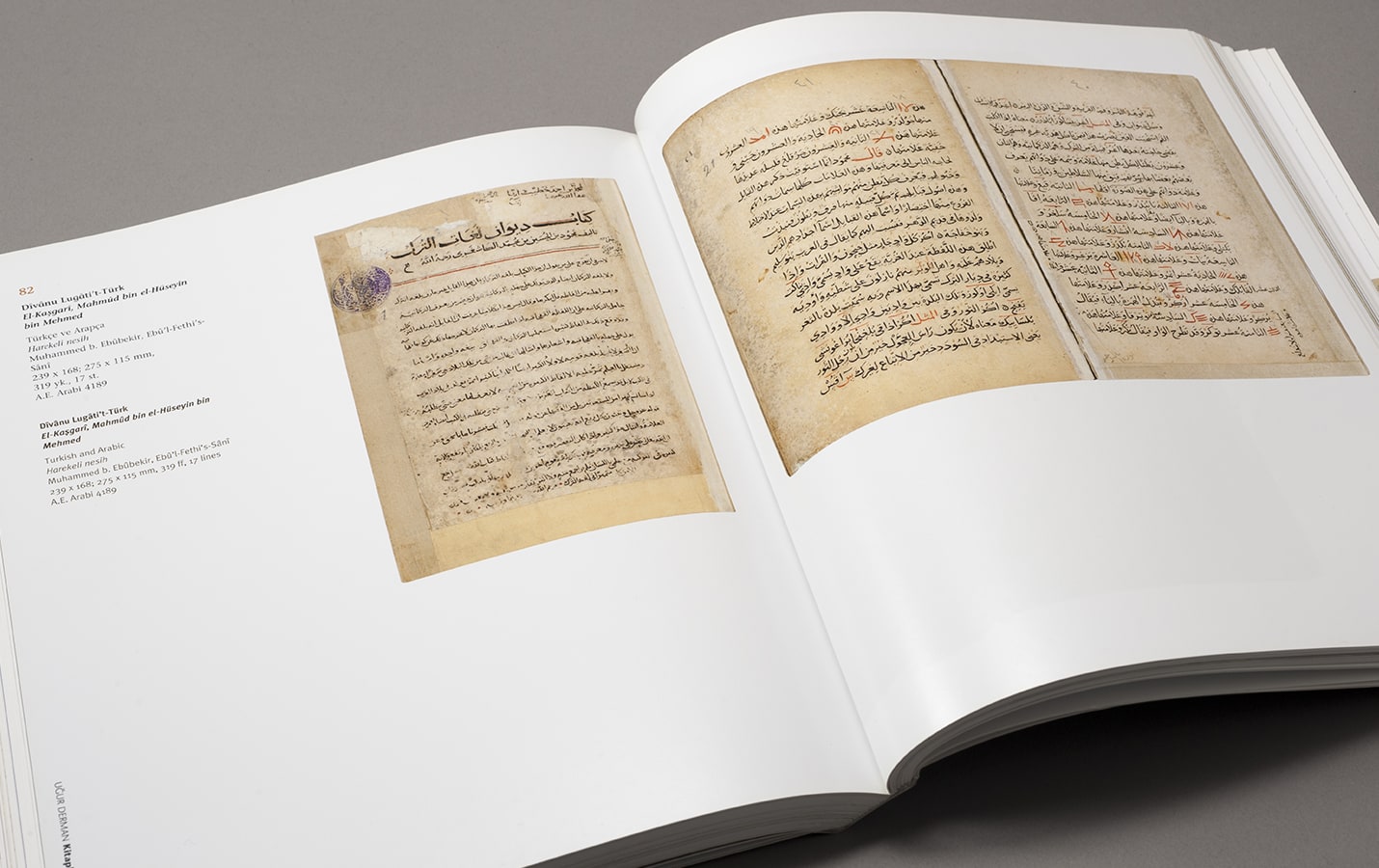January 24 - July 1, 2007
If the cultural inheritance of past, particularly the fragile and perishable pieces of inheritance - such as books, documents, manuscripts or photographs - miraculously manage to survive until the present day, it is mostly through the efforts of a number of nameless heroes, who dedicate their entire lives to the collection, preservation and transmission of these objects to future generations. Thanks to these men, who recognize and appreciate their value, many priceless works of the past have withstood wars, destruction or natural disasters, transcending centuries to assume their places in today's contemporary museums and library collections.
Ali Emiri Efendi and His World exhibition hosted in both the galleries of the Pera Museum and of the İstanbul Research Institute, sought to explore the unconventional adventures of such a man. Through the imperial edicts, books and calligraphic works he excavated from the debris of a deteriorating empire, subsequently preserved and donated to the Millet Library, which he established. Alongside a selection of his personal belongings and documents, we encounter the persona of Ali Emiri Efendi as a “culture man” and journey into a world he was passionately connected to.
Hosted by Pera Museum (3rd floor) and Istanbul Research Institute, Ali Emîrî Efendi and his World exhibition was compartmentalised into three major sections. The first section was comprised of 49 fermans and berats, extending over 500 years, from Sultan Süleyman the Magnificent, to Sultan Reşad. These 49 spectacular works of tuğra (imperial monogram), hat (calligraphy and tezhip (decoration) were being exhibitited for the first time. The second section included 31 kıt’as (rectangular calligraphic works) and levhas (large-scale panels) by the greatest masters of calligraphic art. Penned by Şeyh Hamdullah, Hâfız Osman, Yedikuleli Seyyid Abdullah, Şeyhülislâm Veliyüddin Efendi, İsmail Zühdi, Mahmud Celaleddin and Kadıasker Mustafa İzzet Efendi, these calligraphies revealed the quintessence of Ottoman aesthetics. The third and final section was a selection from the rare and precious books Ali Emiri Efendi collected in a lifetime. This wide spectrum consisted of 69 books, ranging from the Ottoman sultans’ collective poetry to medicine, from geography to history and Sufism. Discovered by Ali Emîrî Efendi in 1914, the sole copy of the legendary Dîvânu Lugâti’t-Türk, written by Mahmud of Kashgar in the 11th century, was revealed to the public for the first time in this exhibition.
Ali Emiri Efendi was born in Diyarbakır, one of the most significant areas among the Ottoman provinces. He was not exposed to a conventional education. Much like all Tanzimat period employees, his life was spent traversing the empire’s geography from one end to the other. He collected rare books in the course of his travels. The ones he could not acquire, he copied by hand to save them from being forever lost. For Ali Emiri Efendi, books were not a collectable item but rather a tool of discovery. He was not interested in the movements of modernization during the period in which he lived. His greatest passion was to familiarize new generations with the Ottoman-Turkish heritage. To accomplish this, he established the Millet Library and donated his books to his “nation.”
Ali Emiri Efendi was a poet, a historian, a biographer and a publisher. He was particularly recognized as the book connoisseur who rediscovered Dîvânu Lugâti't-Türk. He was never married, never had his photograph taken and never set foot in Beyoğlu. He spent his life reading and writing, in the company of his books and cats.
Exhibition Catalogue

If the cultural inheritance of past, particularly the fragile and perishable pieces of inheritance - such as books, documents, manuscripts or photographs-miraculously manage to survive until the...

Félix Ziem is accepted as one of the well-known artists of the romantic landscape painting, and has been followed closely by art lovers and collectors of all periods since. He had a profound influence on generations of artists after him, and was the first artist whose works were acquired by the Louvre while he was still alive.

The New Year is more than just a date change on the calendar. It often marks a turning point where the weight of past experiences is felt or the uncertainty of the future is faced. This season, Pera Film highlights films that delve into themes of hope, regret, nostalgia, and new beginnings.
Tuesday - Saturday 10:00 - 19:00
Friday 10:00 - 22:00
Sunday 12:00 - 18:00
The museum is closed on Mondays.
On Wednesdays, the students can
visit the museum free of admission.
Full ticket: 300 TL
Discounted: 150 TL
Groups: 200 TL (minimum 10 people)